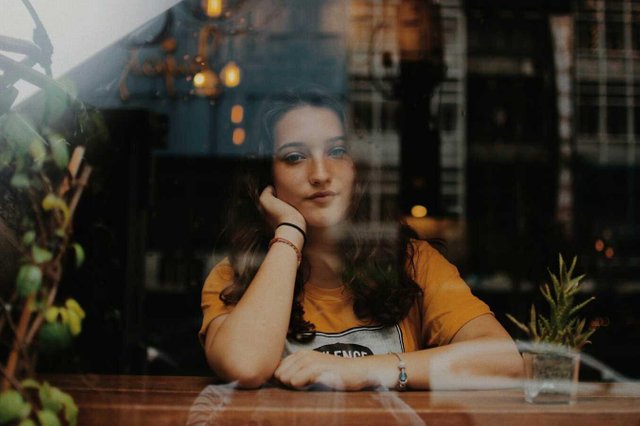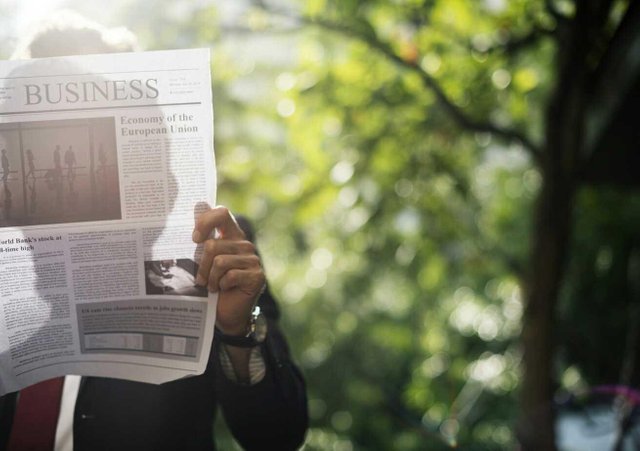Hostile to Trump youthful grown-ups confronted spike in pressure hormone cortisol after Election Day in 2016

source
Some youthful grown-ups in the United States encountered an expansion in natural worry after Donald Trump won the 2016 presidential race, as per new research that shows up in the diary Psychoneuroendocrinology. The examination estimated levels of the pressure hormone cortisol previously, amid, and after the decision.
The New Research
The new discoveries give prove that critical sociopolitical occasions can affect the mental and physical working of people.
"My partners and I consider worry in teenagers and youthful grown-ups, which more often than not implies analyzing proximal stressors at school, inside the family, or between peers. Be that as it may, for this examination, we needed to check whether a full scale level occasion could likewise impact youthful grown-ups' regular enthusiastic and organic procedures," said Lindsay T. Hoyt, an associate educator of brain research at Fordham University and comparing creator of the examination.
"The 2016 presidential race introduced a novel chance to investigate this inquiry, particularly given reports that numerous individuals in the U.S., and Millennials specifically, were encountering a time of uplifted pressure," she clarified.

source
"Likewise, in light of the fact that a race is gotten ready for a particular date, we realized that we could catch singular reactions to an essential, national occasion "progressively," estimating both mental and physiological working quickly previously, amid, and after the race of the following president."
The Years
The scientists analyzed 286 youthful grown-ups (18-25 years of age) from November 6 to 10 of every 2016. The members finished daily reviews estimating their feelings of anxiety, feelings, exercises, and decision contribution. They additionally gave three salivary examples for every day, which were utilized to gauge their cortisol levels.
Most of the members (68%) make their choice for Hillary Clinton, while 18% voted in favor of Trump and 7% voted in favor of an outsider hopeful. They were enrolled from New York and Arizona.
Hoyt and her associates found a general increment in negative temperaments in the run-up to the race, which topped on Election Day (November 8). The expansion in negative mind-sets was most grounded among ethnic minorities and ladies.

source
Members who didn't trust Trump's would make a decent president likewise demonstrated a slight decrease in sleep time cortisol levels paving the way to the race, yet a critical increment in sleep time cortisol after the decision.
Usually Think
"Albeit youthful grown-ups as a rule consider stressors the individual issues, fast approaching dangers, or day by day bothers that infiltrate their regular daily existences, this investigation proposes that full scale level occasions (at a national scale) can impact their wellbeing and prosperity," Hoyt told PsyPost.
"Nonetheless, it's additionally vital to recognize that individual reactions to sociopolitical occasions, similar to a decision, are not circulated uniformly crosswise over various gatherings of individuals. As far as this examination, we found that most people announced an expansion in contrary state of mind in the days paving the way to the decision, and a spike on race night, yet by and large, enthusiastic and physiological reactions were to a great extent subordinate upon sexual orientation, ethnicity/race, and political dispositions."
Hoyt said the exploration had three essential admonitions.

source
"Above all else, our 'benchmark' (i.e., introductory) levels of positive/negative state of mind and cortisol in this investigation were taken only two days before the decision," she clarified. "This is important in light of the fact that, in numerous investigations, we found that reports of temperament or cortisol levels came back to 'gauge' in the days following the decision, nonetheless, sentiments of stress or strain were likely effectively higher in the days paving the way to the race than on a run of the mill day."
At last
"Second, our example comprised of 286 undergrads (72% ladies; 66% non-Hispanic White; dominant part recognized as Democrats) from only two states, and is along these lines not illustrative of the different, youthful grown-up populace in the U.S."
"At long last, this examination inspected contrasts among ladies/men – and ethnic-racial minority/White youthful grown-ups – however we perceive that these are not homogenous gatherings. Future research with bigger examples ought to analyze the multifaceted nature of gathering enrollment by collaborating individual and political attributes in anticipating mental and physiological responses to sociopolitical occasions."

source
"In our future work, we would like to contemplate the long haul effect of races and related approach changes on ladies and ethnic/racial minorities, yet additionally other underestimated bunches that incorporate settlers and sexual and sex minority populaces," Hoyt included.
Thanks For Your Support @esteemapp & @good-karma